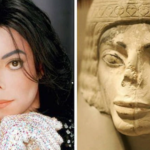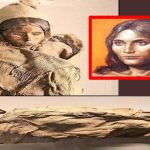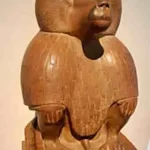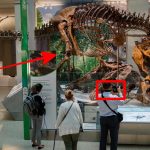Egypt Uncovers the “Lost Golden City” in Luxor: An Initial View of the Greatest Ancient City from the Pharaohs’ Period – Most Recent Finding
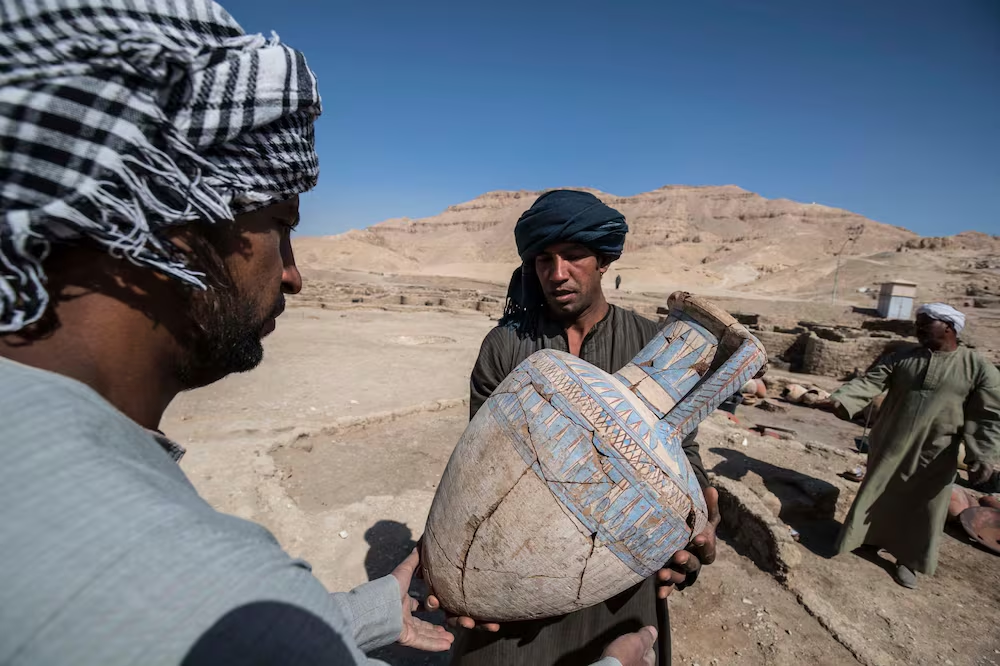
Egypt on Saturday offered the first close-up look at a recently discovered city rich in artefacts that could reveal more about its pharaohs.
Zahi Hawass, Egyptologist and former antiquities minister, led the tour through the mudbrick ruins of the site in Luxor’s West Bank, whose discovery was announced on Thursday.
“The city is in the midst of three palaces to Aten, the ancient Egyptian deity, and I believe that workers in the city were supplying the palaces with valuable offerings to Aten, as well as daily items such as pots, jewellery and even food,” Mr Hawass said.
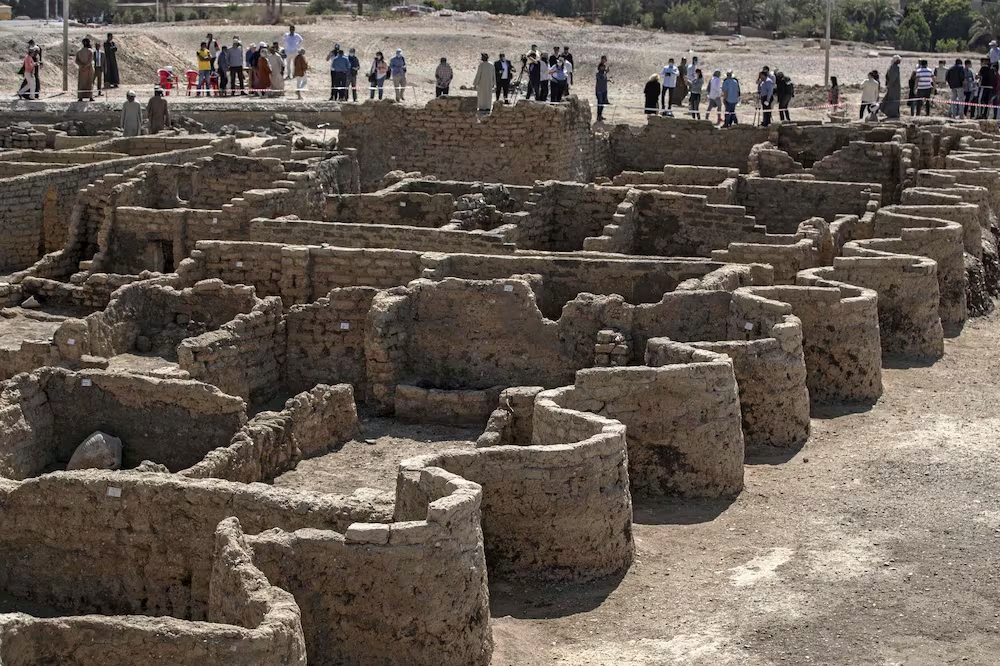
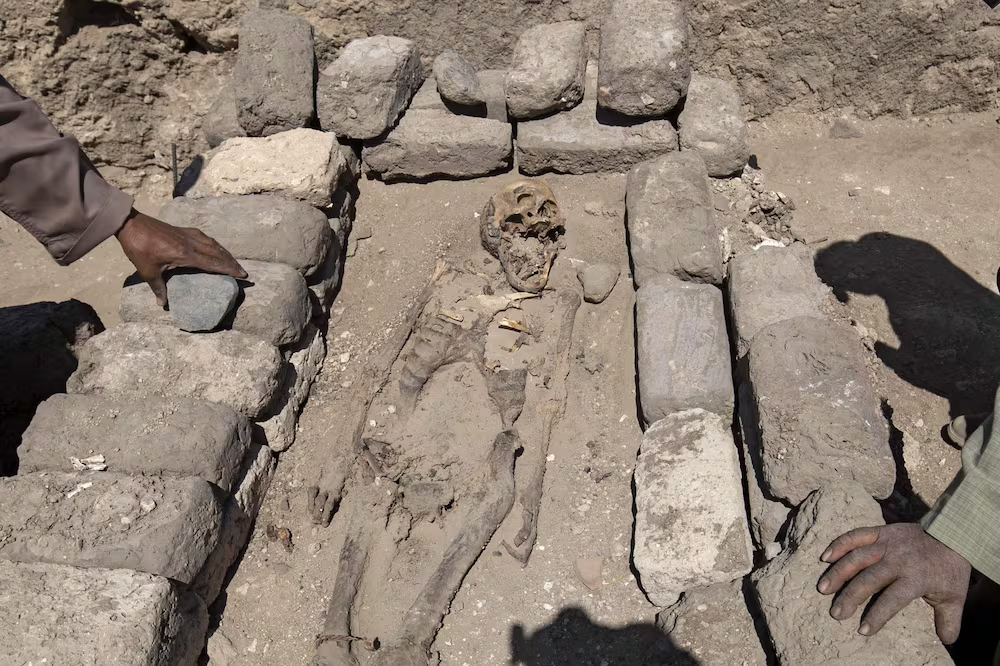
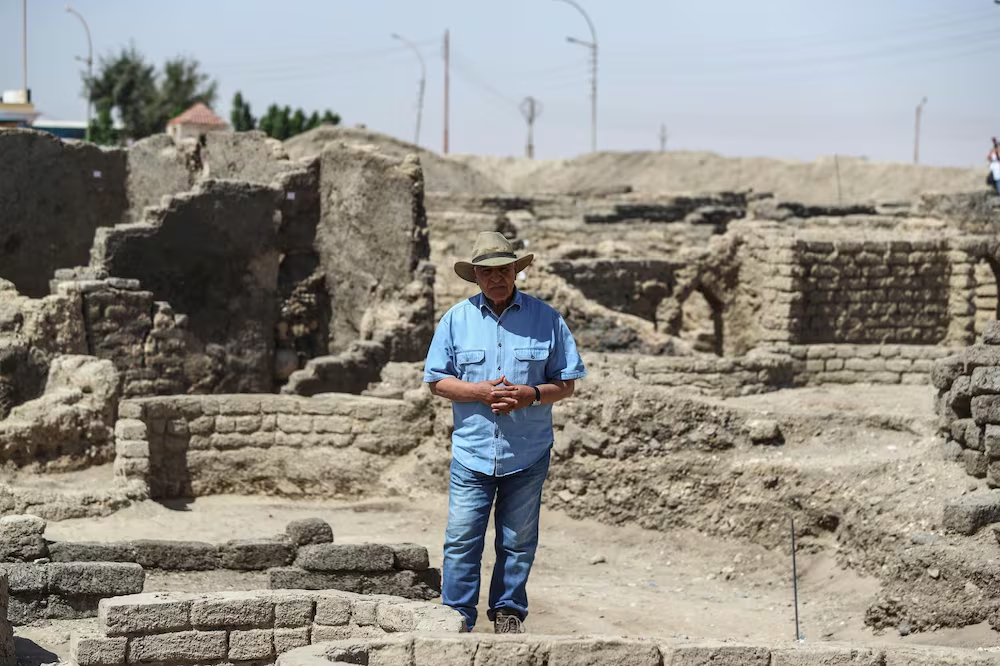
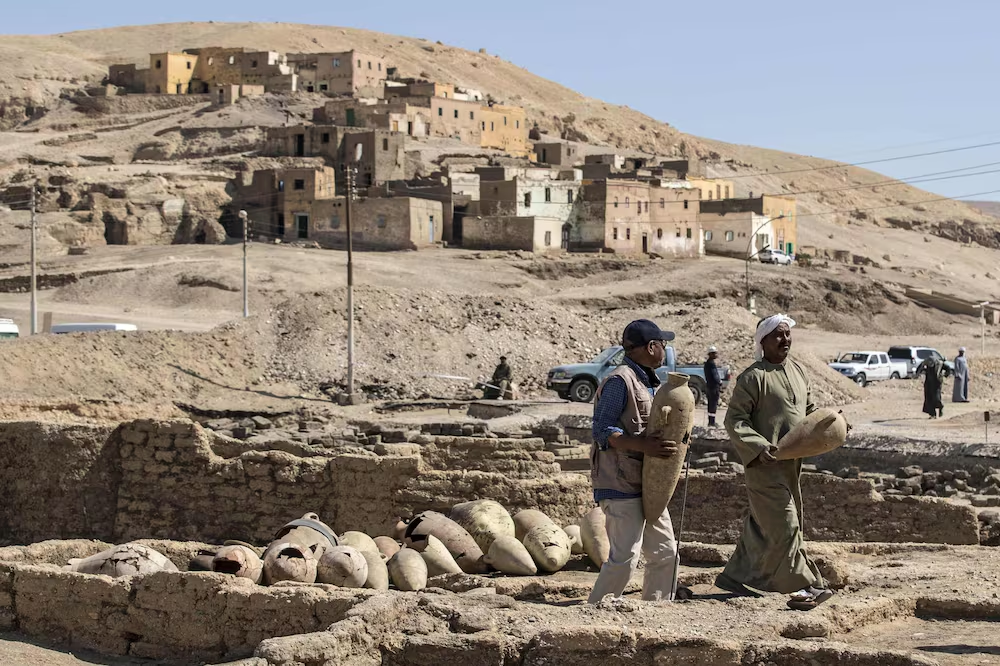
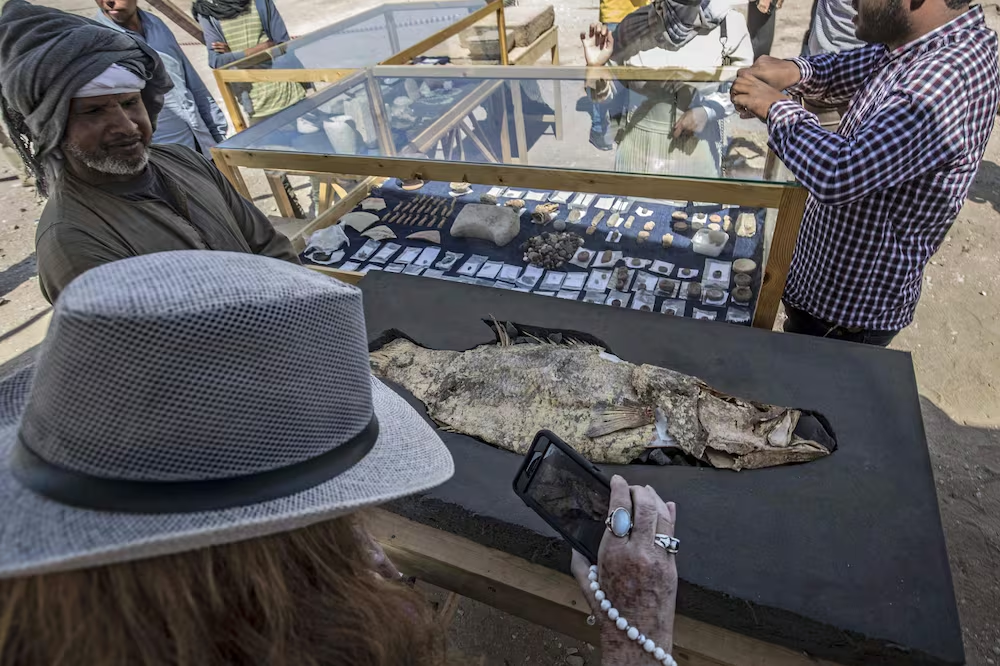

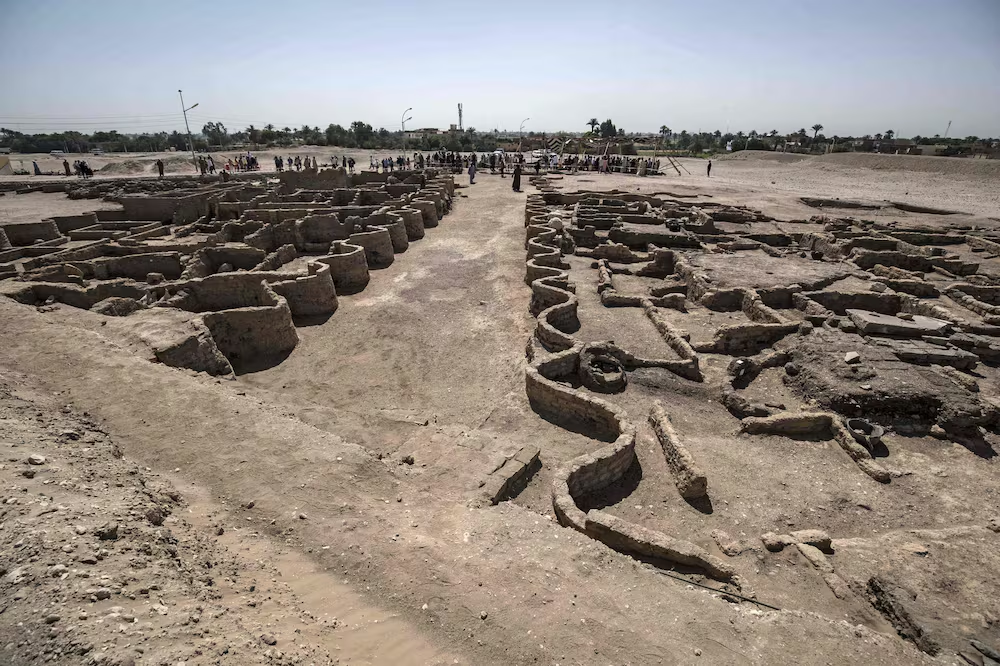 Workers carrying pots found at the site of a 3,000 year old city near Luxor, Egypt, dating to the reign of Amenhotep III. AFP
Workers carrying pots found at the site of a 3,000 year old city near Luxor, Egypt, dating to the reign of Amenhotep III. AFPThe city is believed to be one of the area’s main administrative centres during the reign of 18th dynasty pharaoh Amenhotep III about 3,400 years ago.
The site was littered with artefacts bearing the seal of Aten, a deity during the New Kingdom, particularly during the reign of Amenhotep IV, the son of Amenhotep III who changed his name to Akhenaten.
Mr Hawass said the city was the largest ancient habitation to be discovered in Egypt, with only about a quarter of its area uncovered since excavation began after its discovery in September.
It borders Deir El Medina, an ancient Egyptian village that was home to the artisans who worked on the tombs in the Valley of the Kings during the 18th to 20th dynasties.
